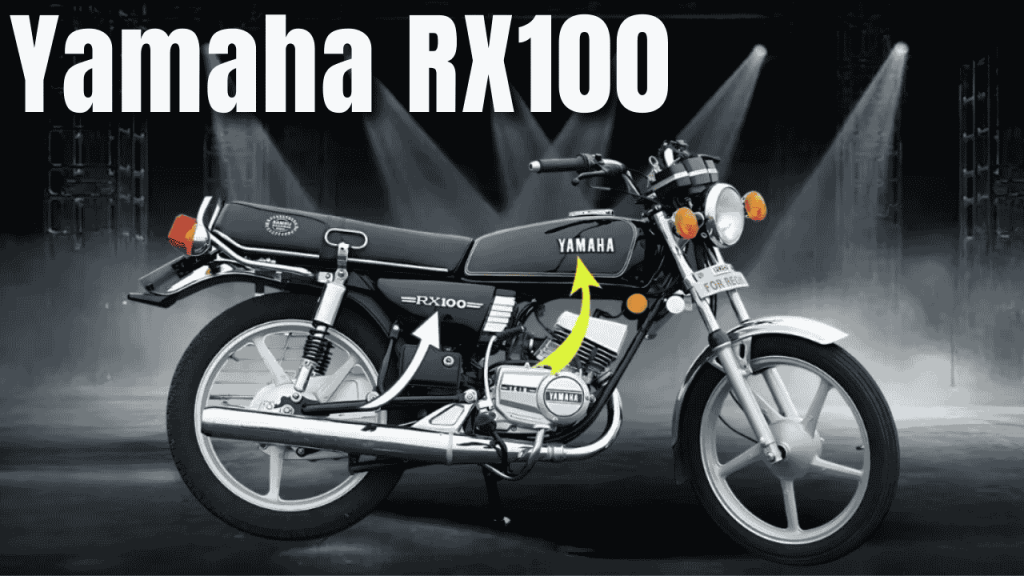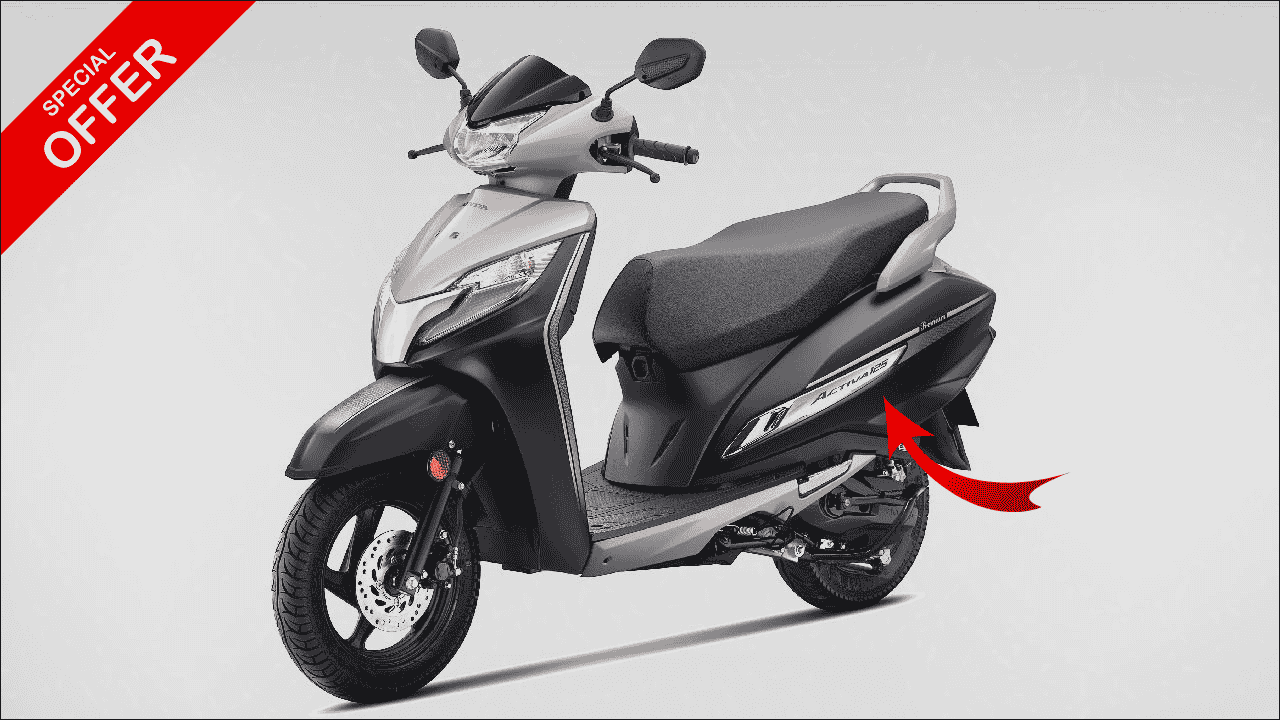
In the rich tapestry of India’s motorcycling history, few machines have left an imprint as deep and enduring as the Yamaha RX100. This iconic two-stroke motorcycle, first introduced in 1985, wasn’t merely transportation but a cultural phenomenon that defined an entire generation of riders.
Decades after production ceased, the RX100 continues to evoke powerful nostalgia and commands respect among enthusiasts. Well-preserved models now fetch remarkable prices around ₹85,639—testament to its enduring legacy and emotional connection with Indian motorcyclists.
For many, the RX100 represents nostalgic memories of “nana’s era”—a simpler time when motorcycles were mechanical, accessible, and delivered pure riding thrills without electronic complications or modern complexities.
Table of Contents
Historical Context and Market Impact
The mid-1980s marked a pivotal moment in India’s automotive landscape as the government relaxed import restrictions, creating opportunities for foreign manufacturers to enter the promising Indian market.
Yamaha Motor Company, through strategic collaboration with Escorts Group, introduced the RX100 to Indian consumers in November 1985, filling a crucial gap for affordable yet thrilling motorcycles.
Before the RX100’s arrival, Indian motorcycling was dominated by utilitarian commuters and Royal Enfield Bullets serving niche segments. The RX100 carved an entirely new category—affordable, lightweight motorcycles delivering previously unavailable performance.
Its introduction coincided perfectly with India’s economic liberalization and middle-class growth, creating demand for exciting yet accessible personal transportation that captured the imagination of young riders.
Engineering Excellence and Technical Specifications
What made the Yamaha RX100 truly exceptional was its remarkable engineering that delivered outstanding performance from a compact, lightweight package.
| Specification | Details | Performance Impact |
|---|---|---|
| Engine Type | 98cc, Two-stroke, Air-cooled, Single-cylinder | Lightweight, high power output |
| Maximum Power | 11 bhp @ 7,500 rpm | Exceptional for 100cc class |
| Maximum Torque | 10.39 Nm @ 6,500 rpm | Strong acceleration capability |
| Kerb Weight | Approximately 98 kg | Outstanding power-to-weight ratio |
| Top Speed | 100 km/h (estimated) | Class-leading performance |
| Fuel Efficiency | 40-45 km/l | Reasonable economy for performance |
| Transmission | 4-speed manual | Precise, engaging control |
The RX100’s lightweight construction combined with its potent two-stroke engine created an exceptional power-to-weight ratio that delivered exhilarating acceleration and impressive top speed for its era.
The two-stroke engine’s distinctive character provided an exhilarating rush of power accompanied by the signature high-pitched exhaust note that became synonymous with the motorcycle’s thrilling personality.
Design Philosophy and Iconic Aesthetics
The Yamaha RX100 embodied a minimalist design philosophy that perfectly balanced functionality with subtle sportiness, creating a distinctive presence that remains recognizable today.
Key Design Elements:
- Teardrop fuel tank with chrome plating and distinctive graphics
- Classic round headlamp contributing to timeless appeal
- Slim side panels with clean, uncluttered lines
- Flat, narrow seat emphasizing performance focus
- Strategic chrome accents highlighting premium positioning
The design avoided unnecessary embellishments, focusing on creating cohesive, purposeful appearance that has aged remarkably well while contributing to excellent handling characteristics.
Cultural Impact and Social Significance
The RX100’s influence extended far beyond mechanical attributes, arriving when India’s youth increasingly sought self-expression and freedom through personal mobility choices.
The motorcycle became a powerful symbol of rebellion, aspiration, and “cool” status, with its speed reputation making it popular among young riders seeking to make bold statements.
Cultural Significance:
- Featured in numerous Bollywood films and music videos
- Associated with carefree, adventurous spirit
- Represented formative experiences and independence
- Connected to first road trips and college adventures
- Embodied the excitement of newfound freedom
This cultural significance has grown over decades, with the RX100 now enjoying almost mythical status among motorcycle enthusiasts who view it as connection to simpler, more adventurous times.
Modification Culture and Customization Legacy
The RX100 fostered a robust modification culture that continues today, with owners customizing motorcycles to express individuality and extract enhanced performance from the platform.
| Popular Modification | Purpose | Impact |
|---|---|---|
| Expansion Chambers | Improved exhaust flow | Increased power, distinctive sound |
| Ported Cylinders | Enhanced intake/exhaust flow | Higher RPM capability |
| Modified Carburetors | Better fuel delivery | Improved throttle response |
| Performance Air Filters | Increased airflow | Better engine breathing |
| Disc Brake Conversions | Enhanced stopping power | Modern braking performance |
| Custom Paint Jobs | Personalization | Individual expression |
This modification culture highlighted the RX100’s greatest strength—accessible, straightforward mechanical design that invited owners to tinker and improve their machines.
The Collector Phenomenon and Market Value
As two-stroke motorcycles were phased out due to emissions regulations, RX100 production ended in 1996, transforming it from common sight to cherished collector’s item.
Today, well-preserved RX100 models command prices far exceeding original cost, with pristine examples selling around ₹85,639—reflecting historical significance and emotional connection.
Value Drivers:
- Nostalgia connecting middle-aged buyers to youth
- Increasing rarity as well-maintained examples become scarce
- Investment potential with steadily climbing values
- Simplicity appeal in era of complex motorcycles
- Distinctive two-stroke riding experience
Competitive Comparison and Market Position
Understanding the RX100’s impact requires comparing it with contemporary competitors that defined the era’s motorcycle landscape.
| Motorcycle | Engine | Power | Weight | Key Advantage |
|---|---|---|---|---|
| Yamaha RX100 | 98cc 2-stroke | 11 bhp | 98 kg | Best power-to-weight ratio |
| Hero Honda CD100 | 97.2cc 4-stroke | 7.5 bhp | 108 kg | Superior fuel efficiency |
| Bajaj Kawasaki KB100 | 99.7cc 2-stroke | 8.5 bhp | 105 kg | Good reliability |
| TVS Suzuki Max 100R | 98.9cc 2-stroke | 8.1 bhp | 102 kg | Balanced performance |
This comparison highlights why the RX100 made such profound impact—offering unmatched power-to-weight ratio and performance that competitors couldn’t match at similar price points.
Ownership Experience and Modern Challenges
Owning an RX100 today presents both joys and challenges, with mechanical simplicity making basic maintenance straightforward while genuine parts availability becomes increasingly difficult.
Current owners typically fall into two categories: preservationists maintaining original condition and modifiers enhancing performance with modern upgrades.
Both approaches share appreciation for the motorcycle’s unique character and historical significance that transcends mere transportation, elevating the RX100 to legendary status.
Legacy and Future Prospects
While original RX100 production ended, its influence continues shaping Indian motorcycling culture and modern manufacturer approaches to accessible performance.
Rumors of potential modern reinterpretation persist, though emissions regulations make direct two-stroke revival unlikely. However, enduring passion suggests thoughtfully designed successor honoring original values could find success.
Conclusion: Timeless Icon of Indian Motorcycling
The Yamaha RX100 represents transformative moment when motorcycling shifted from pure utility to include passion, excitement, and self-expression elements that continue resonating today.
Current valuation at ₹85,639 reflects not just scarcity but emotional connection maintained with those who experienced the era it defined, making it truly priceless for enthusiasts.
For fortunate riders who experienced RX100’s heyday, that distinctive two-stroke sound and exhilarating acceleration represent connections to simpler, more adventurous times of their youth.
Frequently Asked Questions
Q: What makes the Yamaha RX100 so special compared to other motorcycles of its era?
A: RX100’s exceptional power-to-weight ratio, distinctive two-stroke character, and accessibility delivered thrilling performance at affordable prices when competitors offered utility or were expensive.
Q: Why do well-maintained Yamaha RX100 motorcycles command such high prices today?
A: Combination of nostalgia, rarity following two-stroke phase-out, historical significance, and enduring collector appeal creates strong demand for diminishing supply.
Q: Could Yamaha successfully revive the RX100 for today’s market?
A: While emissions regulations prevent direct two-stroke revival, modernized four-stroke interpretation capturing original’s lightweight design and performance could succeed.
Q: What maintenance challenges do current RX100 owners face?
A: Main challenges include finding genuine parts, sourcing two-stroke oil for fuel mixing, and maintaining aging mechanical components requiring specialized knowledge.








